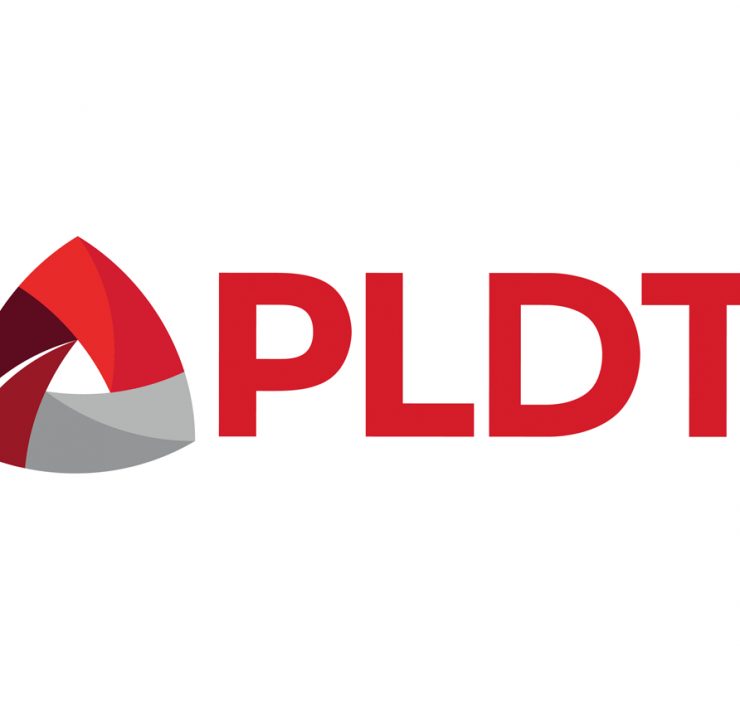Learn from dissent: Why smartest companies invite disagreement

A few years ago, a new tech company entered the market with full confidence.
The plan looked perfect on paper, but failed within months. Why? An IT programmer had spotted a critical flaw in the program, but was told to just fix it and stay silent, afraid to contradict leadership which had committed to a date to launch publicly.
Too many companies don’t fail because of bad strategy; they fail because a critical voice was never heard.
In this article, I want to share what dissent should look like in organizations today. Companies like Netflix, Toyota, Pixar, Amazon and Bridgewater Associates already practice it.
The question is: how can we bring the same approach into strategy, marketing and leadership of our own teams?
Alignment without insight is a risk
Teams that are “aligned” often get praised for being efficient and harmonious. But alignment that comes too quickly or easily is risky. It may signal ‘groupthink’ or unspoken doubts.
People may say “yes” but mean “no.” This “pseudo-alignment” hides blind spots that derail strategy.
Dissent helps reveal what early alignment conceals. In high-performing organizations, dissent isn’t treated as disloyalty—it’s valued as data, insight and a potential edge.
Why dissent feels risky
If dissent is so valuable, why is it so rare?
The answer lies in psychology and culture. People hold back because they fear being labeled as difficult, disrespectful or disloyal, especially in hierarchical or harmony-driven environments. Past experiences of being ignored or punished make silence feel safer.
Sometimes, the issue is structural. If people don’t know when or how to voice disagreement, or if leaders rush decisions, dissent gets lost. Not because people lack opinions, but because they don’t feel invited to share them.
The cultural challenge: Why dissent is even harder in Filipino teams
In Filipino workplaces, hierarchy and harmony often discourage open dissent. “Hiya” (embarrassment) and deference to authority can prevent people, especially junior team members, from speaking up.
But silence doesn’t mean agreement. Some of the most valuable ideas never surface because no one asked.
If we want innovation to thrive in Philippine businesses, we must redesign how we treat disagreement. It starts by creating spaces where dissent is seen not as a threat, but as a contribution.
What we can learn from leading companies
Some of the world’s most successful companies design for dissent, not against it.
At Netflix, leaders “farm for dissent” by actively seeking out opposing views, especially from those outside the project team. Employees are encouraged to voice disagreement, even if a consensus isn’t reached.
Toyota empowers every worker to stop production when something seems off, a cultural signal that every voice matters.
Bridgewater Associates has built an “idea meritocracy,” where employees are expected to challenge one another, including their senior leaders.
Pixar’s Braintrust meetings focus critique on ideas, not individuals, to improve creative work. And at Amazon, one of its core leadership tenets, “Have backbone; disagree and commit,” encourages open debate during planning, followed by full commitment during execution.
Healthy dissent is intentional. It reduces risk, fosters innovation and requires skilled leaders to sustain it.
The right kind of dissent
Of course, not all dissent is helpful.
The goal isn’t to simply encourage dissent, but to encourage principled dissent. Principled dissent is grounded in data or experience, aimed at improving outcomes. It is respectful and followed by commitment after the final decision is made.
We don’t want dissent for its own sake. We want it to illuminate what we might be missing.
How to apply this in your team
Dissent doesn’t have to wait for major reviews or crises. It can be part of everyday practice. Here’s a six-step process on how to make it work:
- Start with assumptions. Provide your key assumptions transparently and make it clear which key assumptions should be challenged.
- Ask “If this project fails, what likely went wrong?” before you launch. This kind of premortem thinking surfaces risks early.
- Assign a rotating devil’s advocate. In meetings, give someone the role of challenging the dominant view. Rotate it regularly so it becomes cultural, not personal.
- Separate idea generation from critique. During brainstorming, let ideas flow first. Introduce critique only after ideas have had room to grow. Early dissent can stifle creativity if it comes too soon.
- Track whose voices are heard. If the same people dominate every discussion, or junior team members stay silent, it may signal a lack of psychological safety, not a lack of insight.
- Model the behavior. Leaders set the tone. Don’t just tolerate dissent, welcome it. Thank people for raising tough points, even when you disagree. People are watching. If they see openness, they will contribute. If they see defensiveness, they will retreat.
Why this matters in strategy and marketing
Dissent is especially critical in strategy and marketing, where false assumptions can be costly.
In strategy, a well-timed challenge can prevent a poor market entry, a flawed pricing model or a misread of competition. The quietest person in the room might be the only one who noticed a key bottleneck or shifting customer behavior.
In marketing, dissent can help avoid tone-deaf campaigns, outdated messaging or reliance on underperforming channels. The person who disagrees might be the one closest to the customer, and his or her insight could save you from embarrassment or irrelevance.
In both cases, dissent leads to faster learning. And learning is how companies stay ahead.
Know when to move on
Too much dissent, or dissent without closure, can create paralysis. That’s why timing matters.
Invite dissent early in the planning and analysis phase. But once a decision is made, alignment must take precedence.
Without closure, organizations risk endless debate, delayed execution and decision fatigue. Encourage early challenge, then decide and commit.
Dissent is a sign of commitment
Here’s the paradox: the people who dissent may be the ones who care the most.
They are not blocking progress; they’re trying to improve the outcome. They’re investing real energy into the work, both emotional and intellectual, and that deserves respect.
As leaders and team members, our job is to create environments where dissent can be voiced, respected and translated into better outcomes. That means building cultures that don’t just accept dissent, but depend on it.
So ask yourself: Who isn’t speaking up in your team, and what might they see that you don’t?
Dissent isn’t disloyalty. It’s a commitment to better outcomes. And your next breakthrough may depend on it.
Josiah Go is chair and chief innovation strategist of Mansmith and Fielders Inc. He is also cofounder of the Mansmith Innovation Awards. To ask Mansmith Innovation team to help challenge assumptions in your industries, email info@mansmith.net.





















